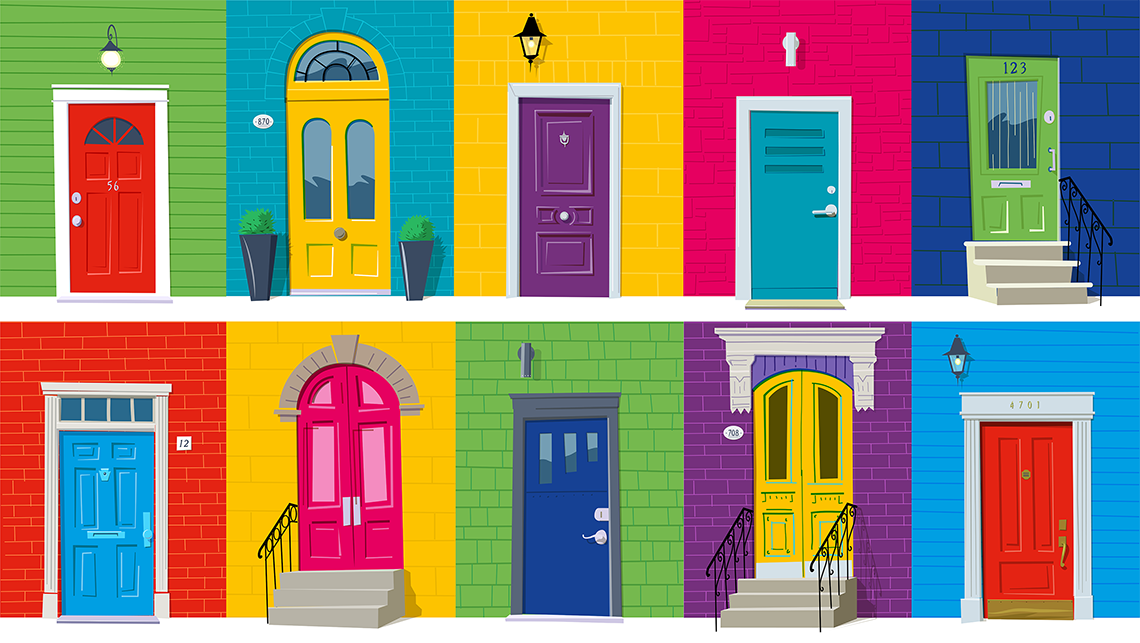
Stay informed with regulations, insights & events by joining our mailer
In March 2018, I was in the final term of my degree and the thought of working in industry was becoming more tangible by the day. Some of my coursemates were more anxious than others, although it wasn’t until we were visited by a guest lecturer that I stopped to consider why. The speaker explained with striking candour how he had felt when he was in our position – not only eager to prove his design ability, but conscious of whether he would fit into the world university had trained us for. It’s hard to imagine yourself thriving in an environment where nobody looks, talks or acts like you.
Representation matters and a diverse workforce is beneficial to us all, but this is one area where the design industry has serious problems to solve. According to Design Council, 78% of the design workforce is male, compared to 53% for the wider UK workforce, and women make up only 11% of creative directors. This is in stark contrast to the fact that women now make up the majority of students on creative arts and design courses in universities across the country. A 2017 report by the UK Department of Digital, Culture, Media and Sport also reported a "lack of racial diversity" within the creative industries, whilst a 2018 paper from the Universities of Edinburgh and Sheffield showed "the cultural and creative sector is marked by significant exclusions of those from working class social origins".
BARRIERS TO ACCESS
Support for creative career paths
As a college student considering my career options, I wasn’t even aware graphic design was a potential path until it was quietly suggested by a tutor in sixth form. My college had placed emphasis on degrees such as medicine or law, hardly surprising considering many of my peers were from less privileged backgrounds and therefore conscious of job security and potential future earnings.
Pressure from schools to avoid creative subjects can also act as a deterrent. The introduction and heavy promotion of the EBacc, for instance, resulted in a decline in creative subjects at GCSE of 8% from 2016 to 2017 – a fact which will disproportionately affect students at schools which lack the budget to offer these subjects in an extracurricular capacity.
Financial barriers
When the option of learning design within your educational setting is removed, the burden of hardware and software costs often falls to the student. These costs can be crippling, even more so due to the industry preference for Apple products, and the recent switch to subscription-based services by Adobe which proves an ongoing barrier even with student discount pricing.
Financial difficulties can also lead to barriers to entry further down the line. Unpaid internships, although thankfully far less common today, are still a fact of the industry and make it fundamentally more difficult for working-class students to gain access to opportunities, further compounded by the industry's London-centric nature.
Representation of different backgrounds
Aside from monetary barriers, the way we are taught design history in the majority of courses across the UK is biased towards western movements and figures: Swiss modernism, Art Deco, Dada, Bauhaus… the list goes on. At no point was I ever encouraged to develop a more global awareness of design and how it has been influenced by African, Asian and South American countries, for instance. It is easy to imagine why this may make courses appear Eurocentric and consequently less relevant to those from different backgrounds.
WHY DIVERSITY MATTERS
Although it’s obvious that discrimination within the workforce is unacceptable, it’s still worth examining the benefits of diversity to the design industry itself: for instance, a recent study by Harvard Business Review found companies with a diverse workforce to be 70% more likely to capture new business. More significantly, however, the core of our practice is innovation, and this is incredibly difficult to achieve if our teams are homogenous. Hana Tanimura, leader of Google’s Creative Lab in London, explained to Creative Bloq: "It’s true that very different people working together on a project can sometimes require putting in a little extra time to achieve the kind of shorthand understanding that comes quickly with people from similar backgrounds, but from my experience, it’s precisely that light ‘friction’ that enables new kinds of thinking and new ideas to flourish."
WORKING TOWARDS DIVERSITY
It’s easy to downplay the influence any individual working within design can have, but regardless of your position there are actions that can be taken to challenge these issues from the ground up. The following strategies are ways we can initiate real change and progress within the industry:
- Address financial barriers
Internships should be paid (ideally the real Living Wage). This seems like a simple step but ensures internships are accessible to a far wider group of individuals. Apprenticeships should also be considered to attract those uncertain about other forms of higher education. If you’re not involved in hiring personally, it’s still worth mentioning this to those in your company who are, as they may not realise how these choices can rule out talented candidates. - Remove bias
Inclusivity should always be part of the hiring process. Job listings should be posted publicly so available to all and should use gender-neutral language; conducting blind portfolio reviews, where personal information is removed, can also prove to be an invaluable hiring tool. - Visit a local comprehensive
Attending and speaking at careers fairs at local schools/colleges will reach students who might not be aware of the wide selection of careers available in the creative industries, allowing them to ask any questions and begin to build a network of contacts. This has been a process actively supported by Design Portfolio through its partnership with Reading University. - Offer flexible working
This decision can open doors for both working parents and anyone with commitments which may affect their ability to work traditional hours. This also includes offering paid parental leave for both mothers and fathers and supporting those with challenges you may not have personal experience with. If this isn’t a current policy at your company, it’s a point worth raising as it could be beneficial for staff retention. - Consider diversity in your design work
The enemy of diversity is the idea of a “normal”, where the default is white, male, able-bodied. By choosing models, stock photography and illustrations of people from varied ethnic backgrounds and genders and of diverse appearance, we can portray a more representative society. This is beneficial to both the audience of your work and anyone considering joining your agency by suggesting inclusivity at all levels. - Start conversations
This could include calling out discriminatory views or potentially offensive workplace “banter”, or just bringing up the topic of diversity over lunch or team meetings. The first step to fixing a problem is educating those who have influence over it and every one of us who works in the design industry holds that ability.
These are only some of the actions you could take to make a real difference. By taking the time to consider how our decisions represent society as a whole, we can create both a more inclusive industry and, by consequence, a more welcoming world.
If you’re a design student or recent graduate looking for experience, Design Portfolio offers a paid internship scheme, which welcomes diverse candidates. If you’re interested, email charlotte.stapleton@design-portfolio.co.uk with your CV and portfolio.
